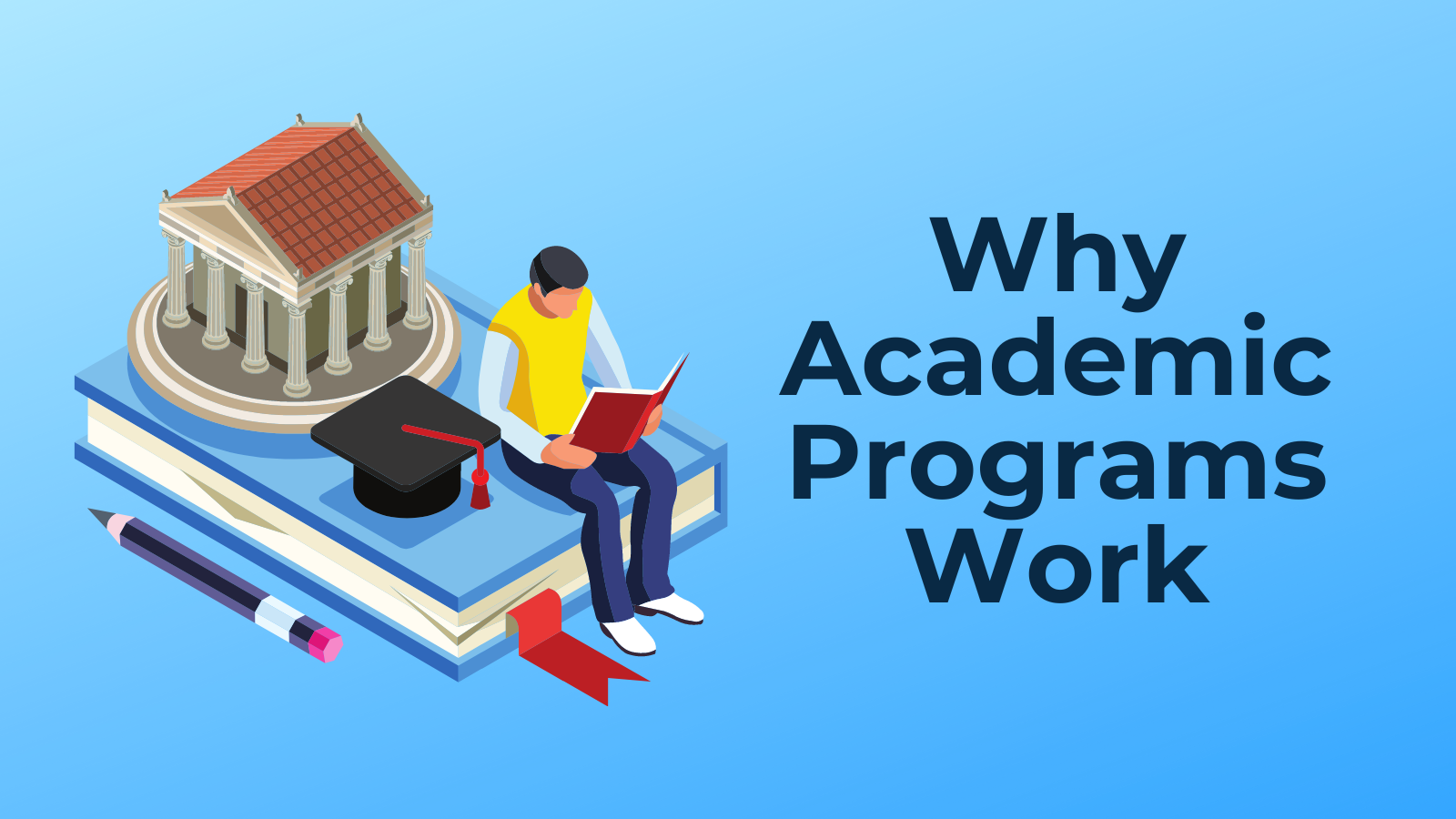 October 27, 2022 |
3 min Read
October 27, 2022 |
3 min ReadWhy Academic Programs Work
The concept of a student discount as an effective marketing strategy is unquestioned – you don’t have to walk very far down the street until you see a barber with a sign in the window that says “10% off haircuts for students” or find a grocery store that gives deals to students on a certain day of the week. Students are the next generation consumer after all and the purchasing decisions they make today will impact their loyalty to businesses for years down the road.
Interestingly, students are also at a point in their lives where they are at their lowest income earning potential and have some of their highest day to day expenses. They’re also making decisions at this age that are likely to impact their entire career trajectory.
So then how does one scale the opportunity to positively impact students in a digital environment? How can brands nurture their future buyers who may not have the cash today, but are the people influencing purchasing decisions in the future?
Many companies choose to develop academic programs to address this opportunity, seed their future, and provide a positive social impact to their future buyers, today. If you offer a digital product – especially one that has broad applicability or is something that supports the teaching and learning process – then you are primely positioned to create and grow academic program.
When developing an academic program, the first questions that should be asked is what is my time horizon for the return on my investment? Chances are, your academic program is going to offer some high value benefit (like a discount or maybe even something for free) to qualified academic end users. In other words, am I concerned about using the academic program to grow my revenue in the short term, or is this about aggressively growing share, in the long-term?
There’s no wrong answer. If it’s short-term revenue that you’re after, there have been many cases of companies that know that they can increase conversion rates and sell more simply by making an academic offer available. It positions them better against their competitors, its puts their brand in a positive light, and it provides a financial benefit for the student itself. Done properly, academic programs that involve direct discounts to students will increase total revenue because of these factors.
If you primarily care about exponentially increasing share however, then a more long-term mindset must be adopted. An academic program must be designed and implemented that goes beyond a simple discounted or free offer for your target audience. You must consider faculty adoption, supporting curriculum teaching and learning resources for both students and teachers, classroom and home use rights, and certification paths. You’ll need to consider how ‘good’ you want your offer to be – even a $10 charge could significantly change your adoption rates versus free, for example.
Need help with your academic program?
Contact us today to learn more about academic program best practices and how we can help take your program to the next level.
Contact Us